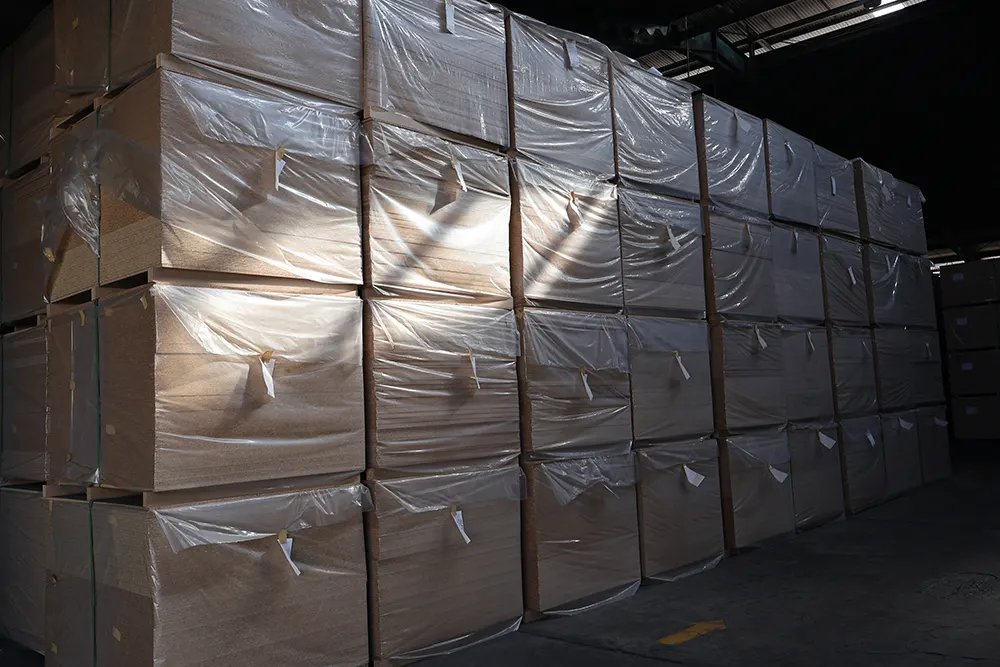Particle board, a common material used in furniture and construction, is a type of engineered wood product made from wood chips, sawmill shavings, or even sawdust, and a synthetic resin or other binder, which is pressed and extruded. This material is popular due to its affordability and versatility. However, particle boards are not all created equal. There are various types, each with its unique properties and applications. Here, we explore the different types of particle board and their uses.
1. Standard Particle Board
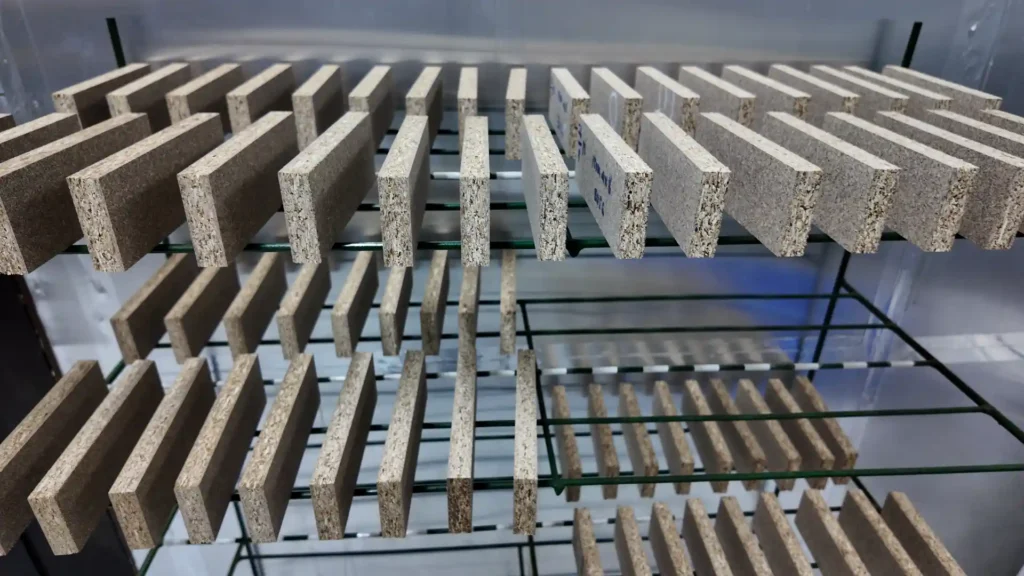
Composition and Characteristics
Standard particle board, also known simply as particle board or chipboard, is the most basic form of this material. It is made by mixing wood particles with a resin binder and then pressing the mixture under heat to form sheets. The surface is typically smooth but can be rough if not laminated or veneered.
Applications
Standard particle board is used in a variety of applications, such as:
- Furniture: Often used for the core of cabinets, desks, and other furniture pieces that are then laminated or veneered.
- Flooring: Used as underlayment for floors, providing a flat surface for carpeting or other floor coverings.
- Wall Panels: Used in interior wall panels for homes and commercial buildings.
Advantages
- Cost-effective: It is cheaper than solid wood or plywood.
- Uniformity: Offers a consistent and smooth surface for laminating.
2. Melamine Faced Chipboard (MFC)
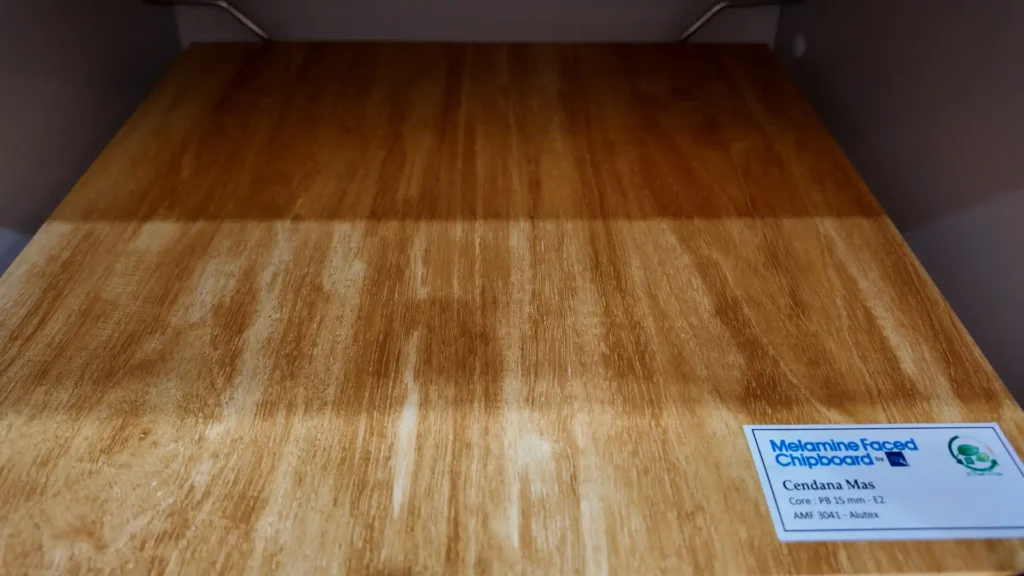
Composition and Characteristics
Melamine Faced Chipboard (MFC) is a standard particle board coated with a melamine veneer, which is a type of thermosetting plastic. The melamine layer provides a durable, decorative surface that is resistant to scratches, stains, and heat.
Applications
- Kitchen Cabinets: Widely used for kitchen cabinetry due to its durability and ease of cleaning.
- Office Furniture: Commonly used for desks, bookshelves, and other office furniture.
Advantages
- Durability: The melamine coating is highly resistant to wear and tear.
- Aesthetics: Available in various colors and patterns, including wood grain and solid colors.
3. Laminated Particle Board
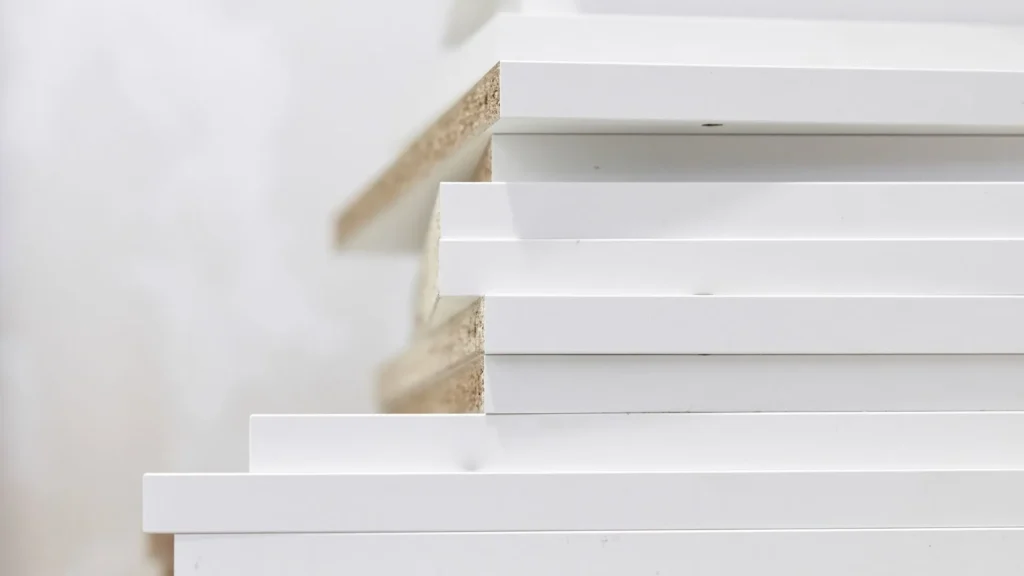
Composition and Characteristics
Laminated particle board involves applying a thin layer of plastic laminate over the surface of the standard particle board. This laminate can vary in thickness and is bonded to the board using adhesive.
Applications
- Countertops: Often used for kitchen and bathroom countertops due to its water-resistant properties.
- Shelving: Used in closets and storage units.
Advantages
- Moisture Resistance: More resistant to moisture compared to standard particle board.
- Variety: Available in a wide range of finishes and colors.
4. Oriented Strand Board (OSB)
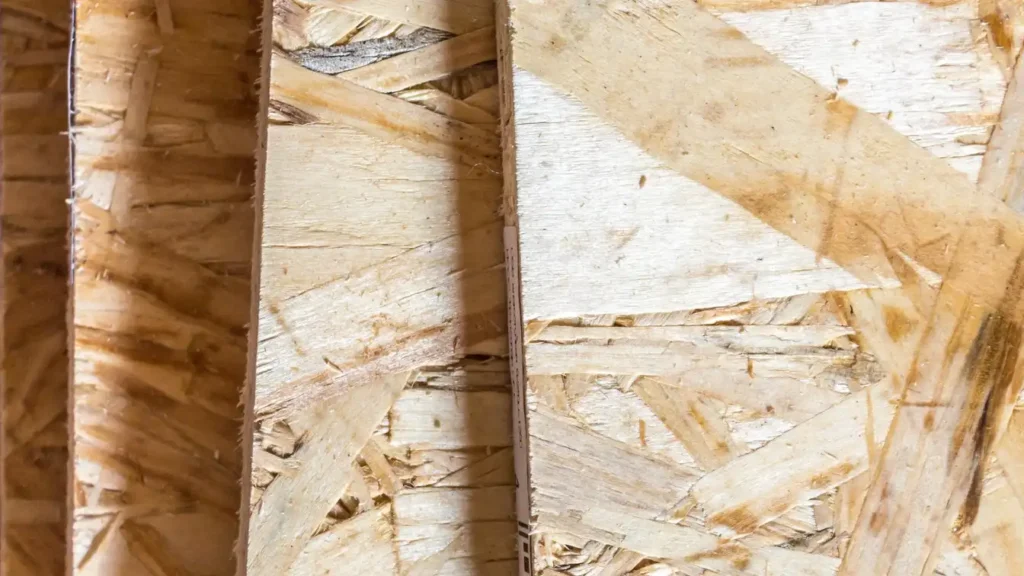
Composition and Characteristics
OSB is made from large wood strands that are oriented in specific directions and then bonded with resin. The layers are arranged in a cross-oriented pattern to enhance strength and durability.
Applications
- Construction: Widely used in construction for sheathing, flooring, and roof decking.
- Packaging: Used in the production of shipping containers and pallets.
Advantages
- Strength: Offers higher strength and durability compared to standard particle board.
- Cost: Generally cheaper than plywood with comparable strength properties.
5. Moisture-Resistant Particle Board
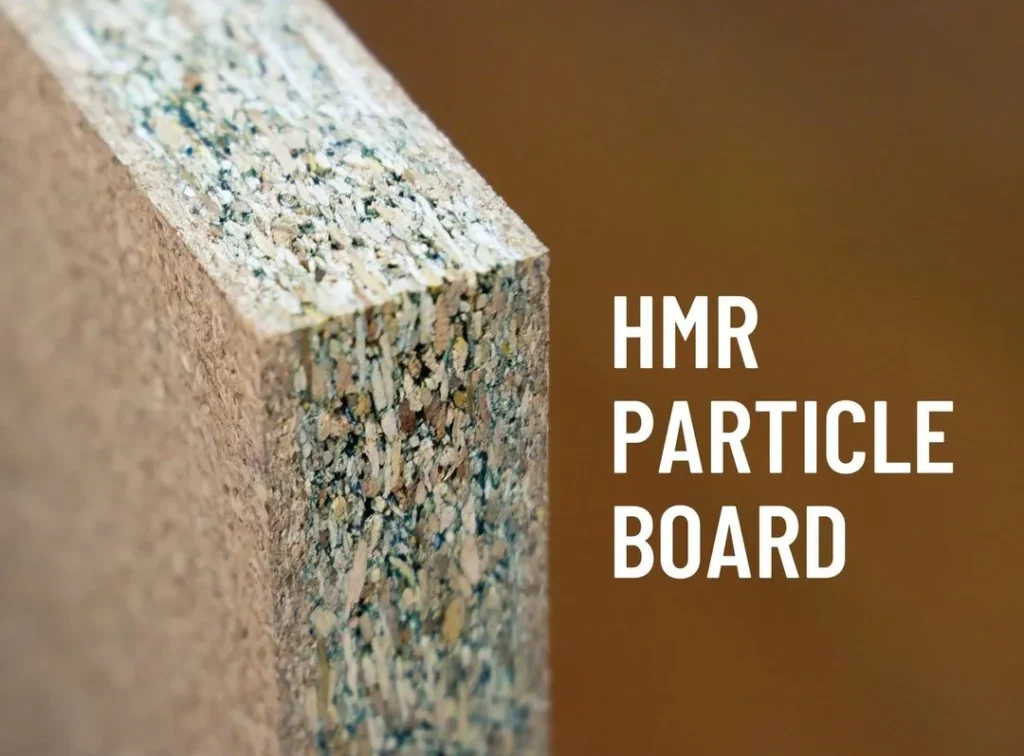
Composition and Characteristics
Moisture-resistant particle board is similar to standard particle board but includes a moisture-resistant resin. This makes it suitable for environments where humidity and moisture are concerns.
Applications
- Bathrooms: Ideal for bathroom vanities and cabinetry.
- Kitchens: Suitable for kitchen cabinets and countertops.
Advantages
- Resistance: Offers better performance in moist conditions compared to standard particle board.
- Versatility: Can be used in various high-moisture environments.
Conclusion
Particle board is a versatile and cost-effective material that comes in various types to suit different applications. Whether you need a basic board for furniture or a more durable, high moisture-resistant (HMR) option for kitchens and bathrooms, there is a particle board type that meets your needs. Understanding the characteristics and applications of each type will help you make an informed choice for your next project.

